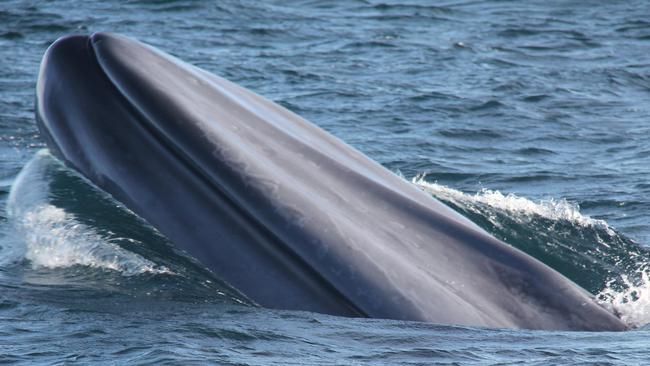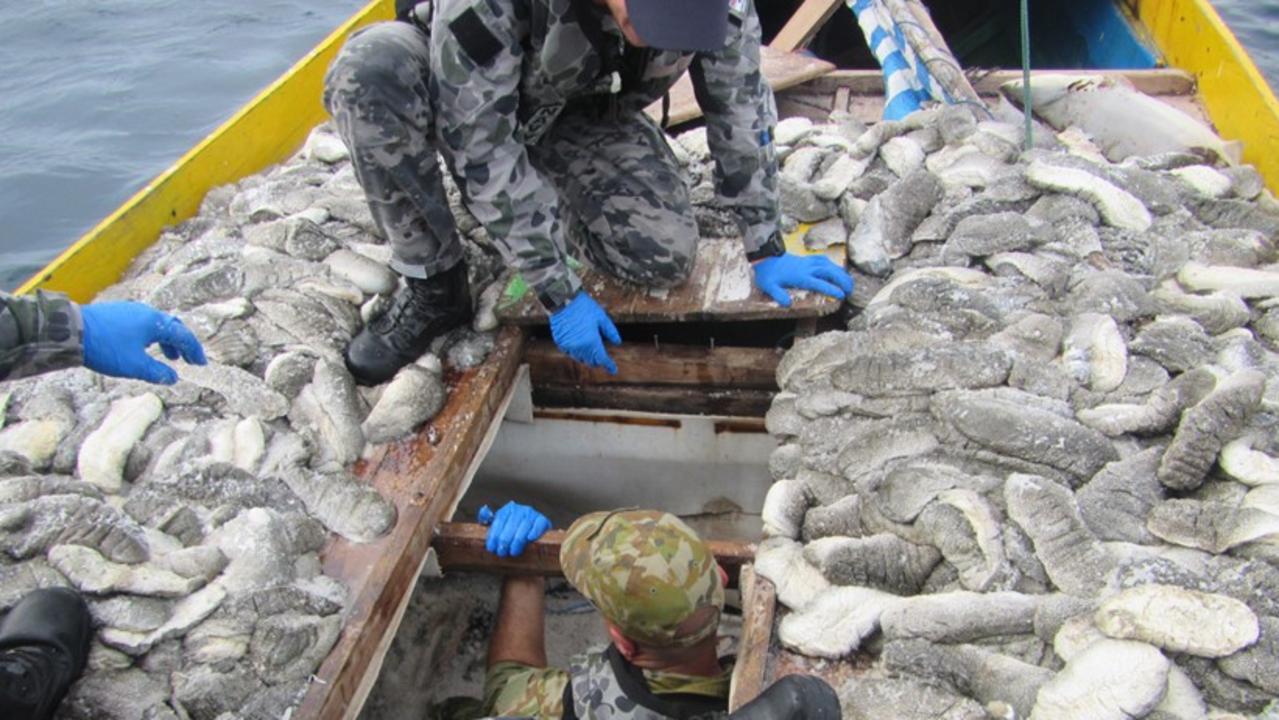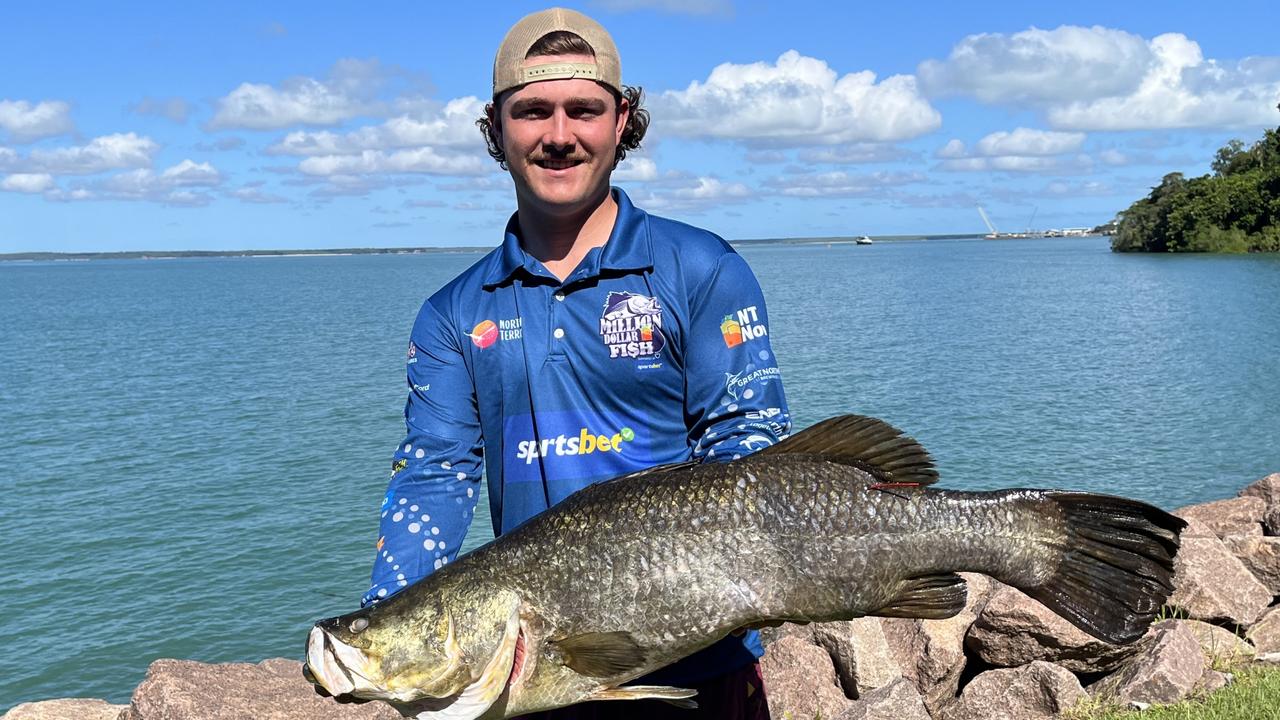Whale of a time in the Azores
Boom! I crash through an umpteenth wave and my stomach lurches.

Fishing
Don't miss out on the headlines from Fishing. Followed categories will be added to My News.
Boom! I crash through an umpteenth wave and my stomach lurches.
Crash! My rigid inflatable boat descends into a valley of mercurial spray and ploughs on, slicing a path through the swell. I’m not the first person to feel that sense of urgency in this part of the world, racing through the Azorean waves with fellow travellers in search of whales.
These Atlantic waters, more than 2400km from Britain, were once the hunting ground for magnificent mammals of all shapes and sizes. Fishos spent decades hunting those behemoths for their oil and meat, and that legacy is ever present in the Azores’ cafes, statues and artwork.
The whalers’ lives are charted in museums scattered around the nine volcanic islands, such as Museu dos Baleeiros, an old whaling boat house-turned-whaling museum, and Museu da Industria Baleeira de Sao Roque do Pico, a former whaling factory.
They make for a compelling and, at times, disturbing experience, illustrating the controversial history of this industry on engraved bones (scrimshaw) and via props such as harpoon guns and boats.
For the past 30 years, however, life in the islands has been rather different, partly because of the mighty whales that patrol its waters.
The last commercial whaling factory closed in 1984 and whale-watching boats have replaced fishermen’s barges.
Today, the whale is celebrated rather than hunted in this, the westernmost part of Europe. It’s one of the world’s best regions for whale-spotting, as I realise when I visit. Blue whales soak up the sun, saluting the skies with enormous flippers, showing off like red-carpet celebrities for the cameras.
A fellow traveller had been in the Azores for four days and this was already her fifth whale-sighting trip.
I could see why. It’s addictive getting that elusive, perfect shot.


